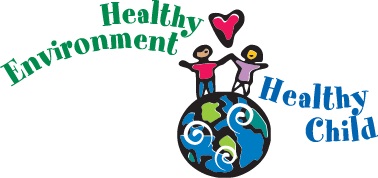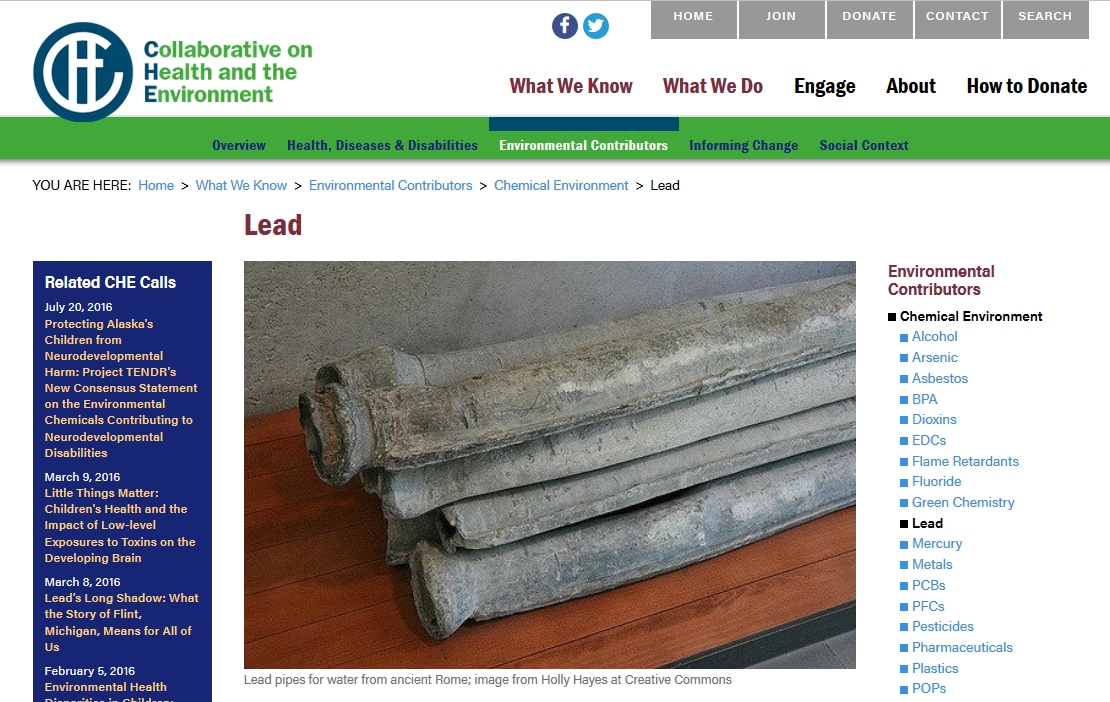Blog
Post category: Exposures
2023
What’s new
Webinars
Tracking chemical exposures in the office
In a recent webinar, Dr. Anna Young presented a new study which used silicone wristbands as a novel method to monitor exposures to chemicals in the office environment. . . .
2023
What’s new
Webinars
Reducing breast cancer risk by reducing chemical exposures
Personal care products (PCPs) such as shampoo, deodorant, and fragrance often contain xenoestrogens. Xenoestrogens are industrial chemicals, such as parabens and phthalates, which have estrogenic activity. Estrogenic overstimulation can be carcinogenic in human breast tissue.
. . .
2017
What’s new
Just released! Protecting Children’s Health Where They Live, Learn, and Play.
This report from the NIEHS/EPA Children’s Environmental Health and Disease Prevention Centers highlights some of the important contributions the centers have made toward reducing the burden of environmentally induced or exacerbated diseases placed on children. The report provides examples of success in the community and in support of public health. It is organized in three section:
- Health outcomes, presenting scientific findings from the Children’s Centers on diseases that sometimes affect children
- Environmental exposures, presenting research findings on chemicals and pollutants children are commonly exposed to through air, water and food.
- Hallmark features, highlighting the unique features that have facilitated the work of the Children’s Centers and advancements in the field.
2017
What’s new
New Pediatric Environmental Health Web Toolkit for Providers
Parents say they are concerned about environmental health threats, yet most pediatric care providers do not offer prevention strategies during office visits. Why? Many providers report they feel ill-equipped to educate families about common exposures. In an effort to fill the need for environmental health information, Pediatric Environmental Health Specialty Units and Physicians for Social Responsibility have launched the Pediatric Environmental Health Toolkit (PEHT). The PEHT, endorsed by the American Academy of Pediatrics, is based on material in the AAP "Green Book". This free and up-to-date resource offers trusted information at your fingertips.
2017
What’s new
FDA-EPA Updated Fish Consumption Guidelines and Poster
 Earlier this year the EPA and FDA updated their recommendations on fish consumption during pregnancy and childhood. To accompany this update, they provided an easy-to-understand printable poster grouping fish into Best Choices that can be eaten two to three times a week, Good Choices that can be eaten once a week and Choices to Avoid categories. See the poster. . . .
Earlier this year the EPA and FDA updated their recommendations on fish consumption during pregnancy and childhood. To accompany this update, they provided an easy-to-understand printable poster grouping fish into Best Choices that can be eaten two to three times a week, Good Choices that can be eaten once a week and Choices to Avoid categories. See the poster. . . .
2017
What’s new
New webpage: Lead
Drawing heavily from Toxipedia, but updated and expanded, our new webpage on lead's health impacts includes an overview of exposures, trends, prevention and regulation in the US, with some world data.
2016
Newsletter essay
What’s new
CHE Needs Your Support to Provide Science You Can Count On
"One cannot be concerned just with civil rights. It is very nice to drink milk at an unsegregated lunch counter—but not when there's strontium-90 in it."
-Martin Luther King Jr.
|
We're delighted to announce that a very generous CHE partner, who wishes to remain anonymous, has offered to match donations to CHE up to a total of $2500 if they're made by December 31st! Please donate now and double your contribution to CHE so we can continue to bring you uncompromised science for a healthier future for all! |
Martin Luther King, Jr., was a systems thinker. He knew our health is impacted by all kinds of interacting factors—from racism to toxic exposures. He made clear that we can't fight to eradicate one concern without addressing multiple others if we're ultimately going to have a just and healthy society for all. . . .




